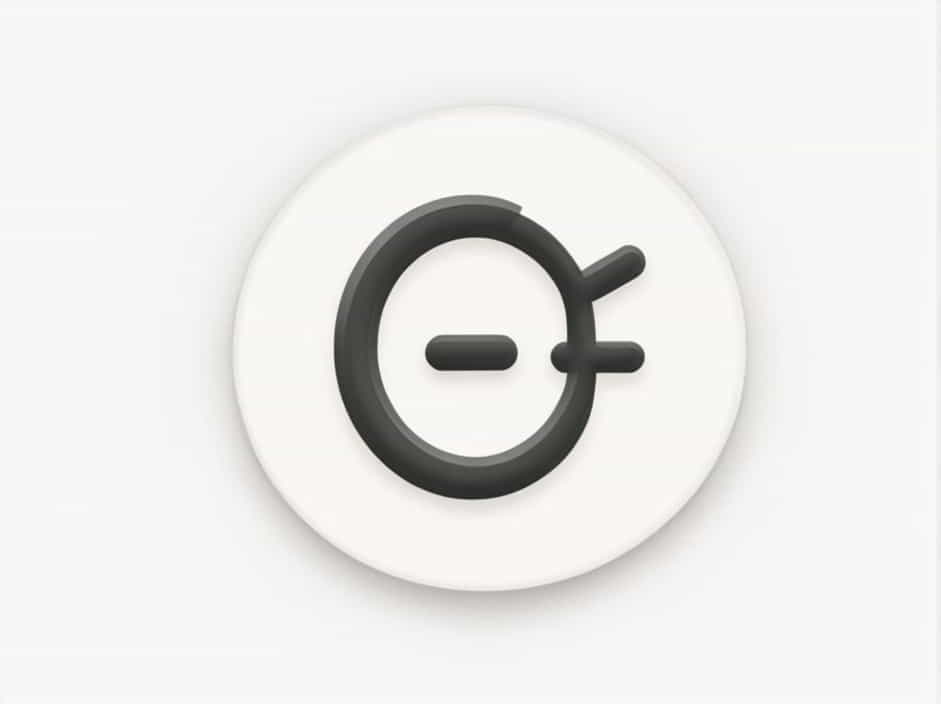The cecum is an essential part of the digestive system, serving as the beginning of the large intestine. It plays a role in absorbing fluids and salts and is connected to the appendix. Understanding its location, function, and clinical significance is crucial in diagnosing and managing abdominal pain and digestive disorders.
In this topic, we will explore where the cecum is located, its role in digestion, and common conditions associated with it.
Location of the Cecum in the Abdomen
The cecum is located in the right lower quadrant (RLQ) of the abdomen. It lies at the junction of the small intestine (ileum) and the large intestine, marking the transition between these two parts of the digestive tract.
Abdominal Quadrants and the Cecum’s Position
The abdomen is divided into four quadrants:
- Right Upper Quadrant (RUQ) – Contains the liver, gallbladder, and part of the pancreas.
- Left Upper Quadrant (LUQ) – Houses the stomach, spleen, and part of the pancreas.
- Right Lower Quadrant (RLQ) – Contains the cecum, appendix, and part of the small intestine.
- Left Lower Quadrant (LLQ) – Includes the descending and sigmoid colon.
Since the cecum is positioned in the RLQ, it is a common site of pain in conditions like appendicitis, Crohn’s disease, and cecal volvulus.
Anatomy and Structure of the Cecum
The cecum is a pouch-like structure located at the beginning of the large intestine. It measures about 6 cm in length and connects to the ileum of the small intestine through the ileocecal valve, which controls the flow of contents into the colon.
The appendix, a small finger-like structure, extends from the posteromedial wall of the cecum. While its function is not fully understood, it is believed to play a role in immune response.
Function of the Cecum in Digestion
The cecum plays a key role in the absorption and movement of digestive contents. Its functions include:
1. Fluid and Salt Absorption
The cecum absorbs water and electrolytes, helping in stool formation and maintaining fluid balance.
2. Regulation of Gut Bacteria
It houses beneficial gut microbiota, aiding in the breakdown of plant fibers and undigested food ptopics.
3. Transition Between Small and Large Intestine
The ileocecal valve prevents the backflow of colonic contents into the small intestine, ensuring proper digestion and waste movement.
Common Conditions Affecting the Cecum
1. Appendicitis
Since the appendix is attached to the cecum, inflammation of the appendix (appendicitis) often causes pain in the RLQ. Symptoms include nausea, vomiting, fever, and severe abdominal pain.
2. Cecal Volvulus
A twisting of the cecum can lead to an intestinal obstruction, causing bloating, constipation, and severe pain. This condition requires emergency surgery.
3. Crohn’s Disease
Crohn’s disease can affect the terminal ileum and cecum, leading to chronic inflammation, diarrhea, and abdominal pain.
4. Cecal Tumors or Cancer
Colon cancer can develop in the cecum, often without early symptoms. It may later present as changes in bowel habits, weight loss, and anemia.
5. Infection and Cecal Diverticulitis
Infections or diverticula (small pouches) in the cecum can cause pain and discomfort, similar to appendicitis.
Diagnostic Methods for Cecal Conditions
To diagnose cecal disorders, doctors may use:
- Physical Examination – Checking for tenderness in the RLQ.
- Ultrasound or CT Scan – Identifying appendicitis, volvulus, or tumors.
- Colonoscopy – Examining the large intestine for polyps or cancer.
- Blood Tests – Detecting infections or inflammatory markers.
Treatment and Management of Cecal Disorders
1. Medications
For conditions like Crohn’s disease, doctors prescribe anti-inflammatory drugs, immunosuppressants, and antibiotics.
2. Surgery
- Appendectomy – Removal of the appendix in cases of appendicitis.
- Colectomy – Surgical removal of part of the cecum if cancer or severe Crohn’s disease is present.
- Emergency Surgery – Required for cecal volvulus or perforation.
3. Lifestyle Changes
- High-Fiber Diet – Helps maintain a healthy digestive system.
- Hydration – Prevents constipation and promotes bowel health.
- Regular Check-Ups – Early detection of colon cancer and digestive diseases.
The cecum is an essential part of the digestive system, located in the right lower quadrant (RLQ) of the abdomen. It plays a vital role in absorbing fluids, regulating gut bacteria, and preventing backflow into the small intestine.
Understanding its location and function helps in diagnosing abdominal pain and conditions like appendicitis, cecal volvulus, and Crohn’s disease. Maintaining a healthy lifestyle, staying hydrated, and seeking medical attention for digestive issues ensures the proper functioning of the cecum and large intestine.
